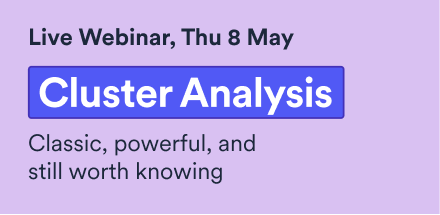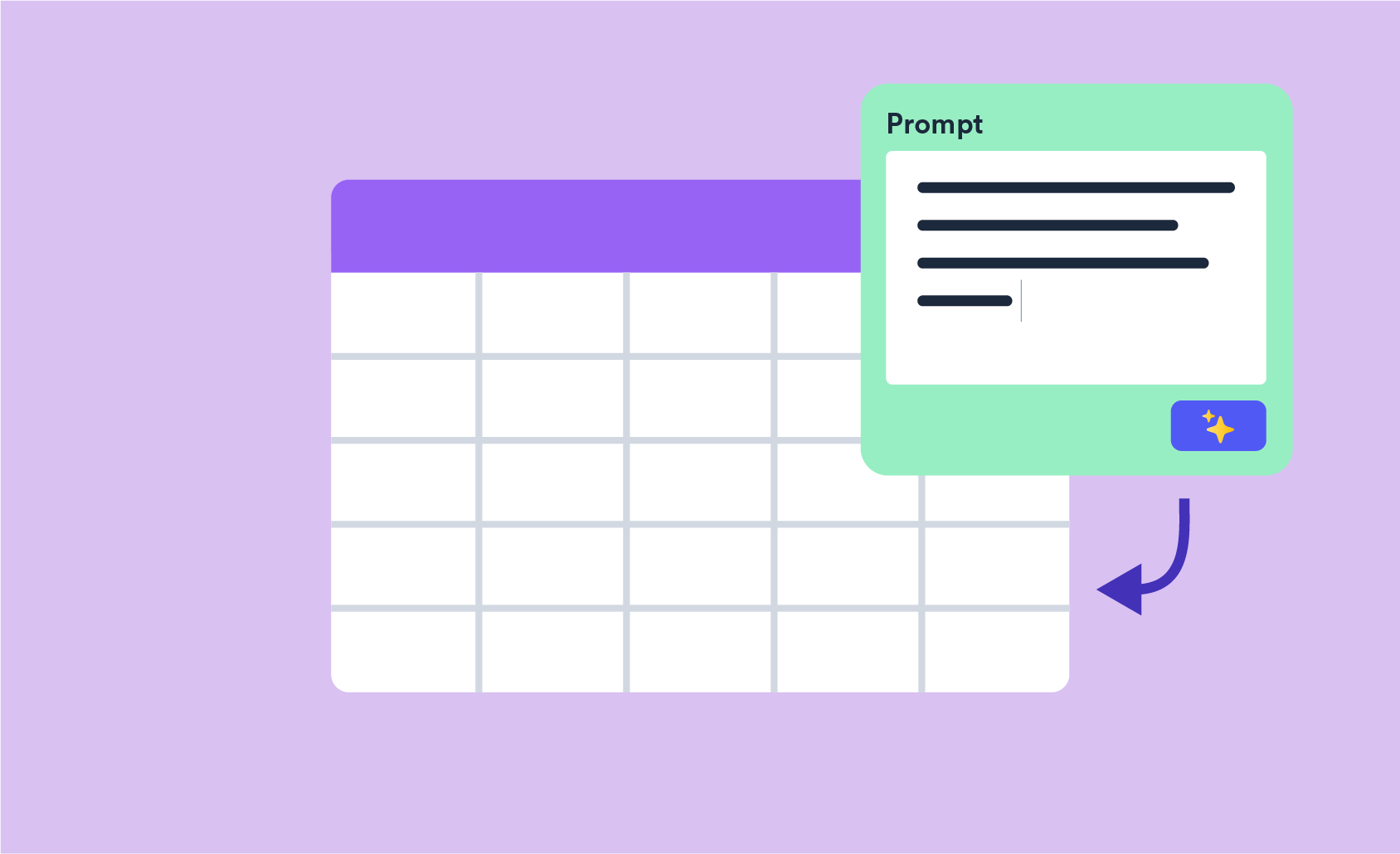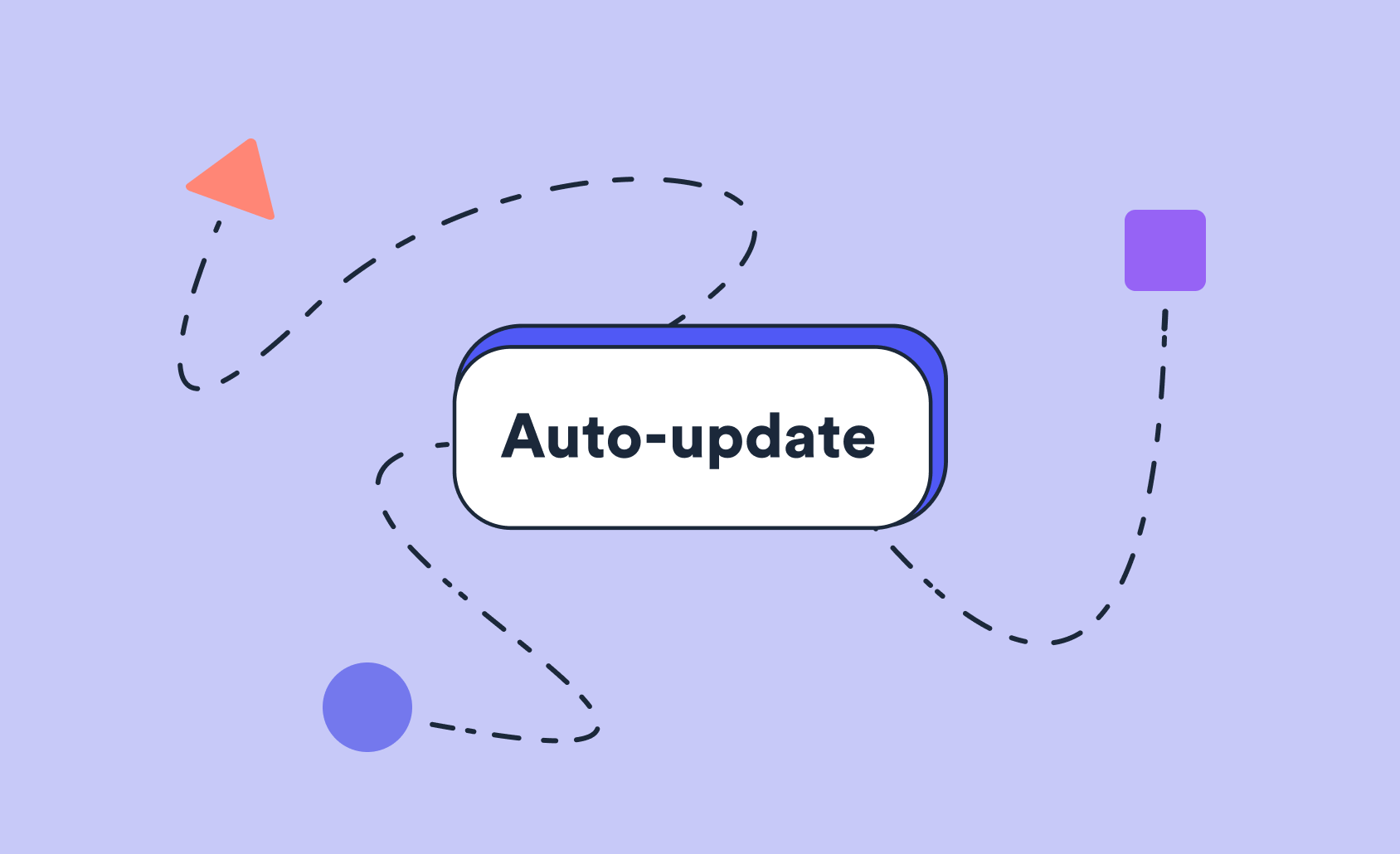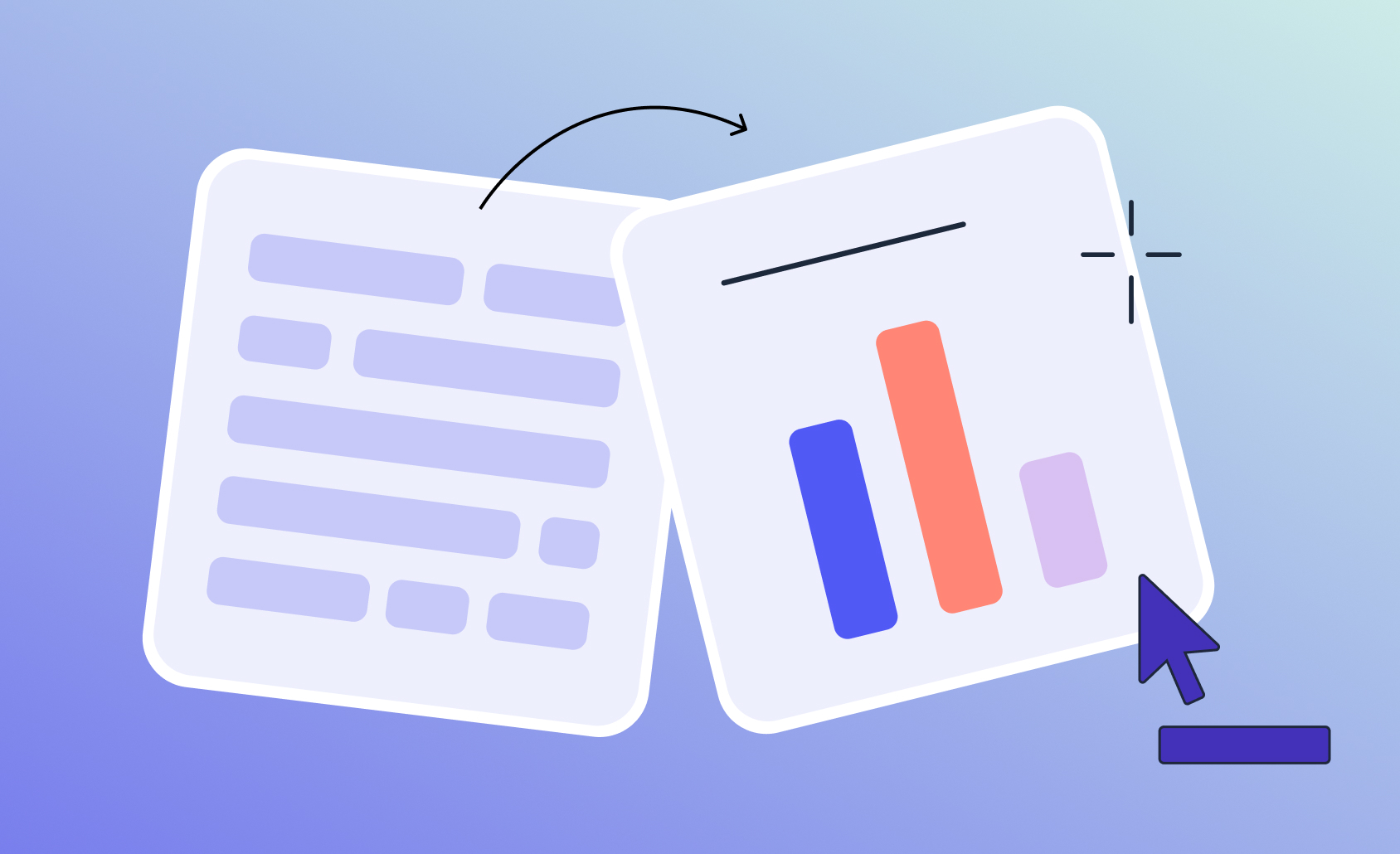
How To Simplify Your Market Research Process With Automated Reporting
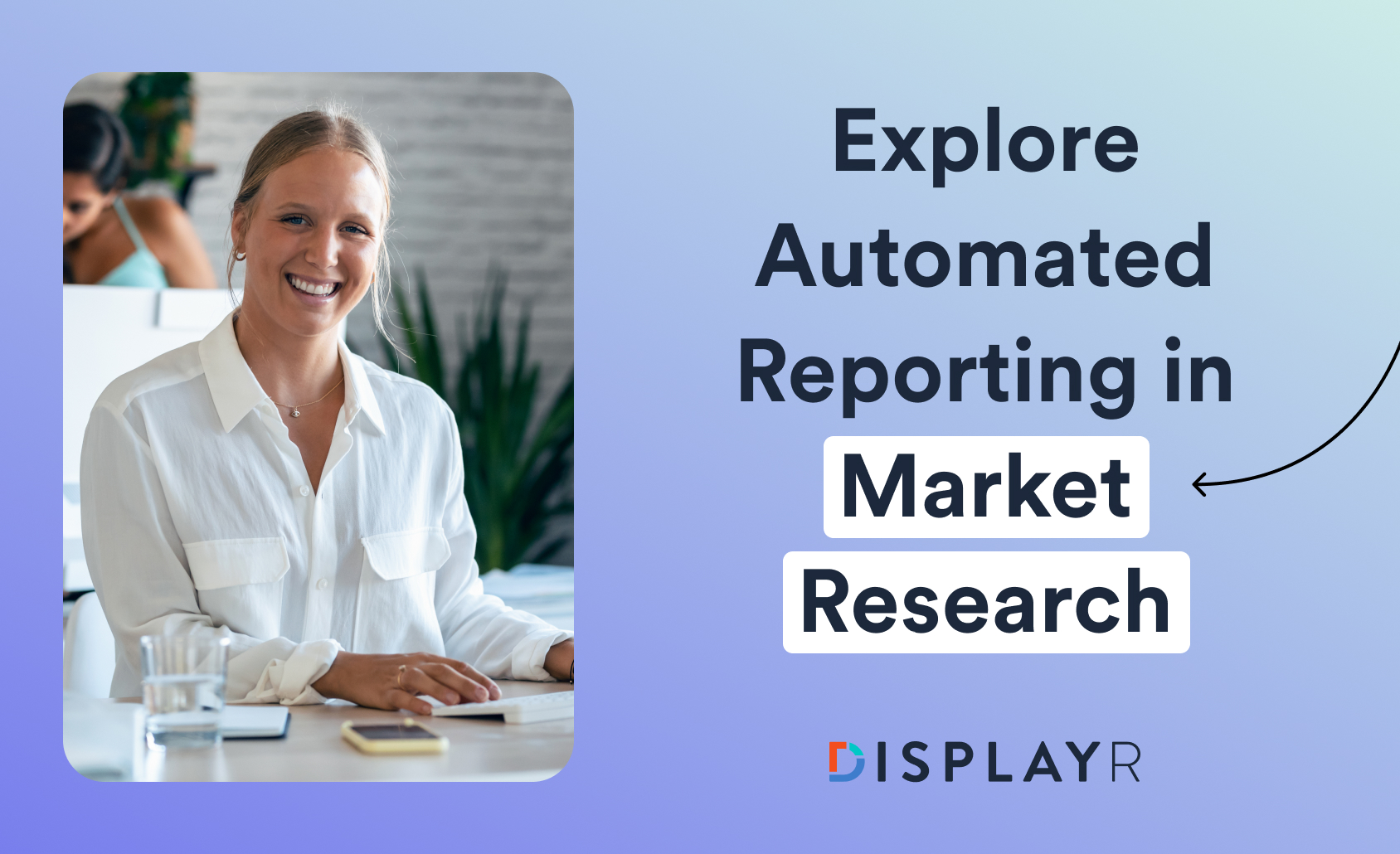
High expectations. Tight budgets. Short deadlines. Lots of data.
It's safe to say market researchers will have their work cut out for them in 2025. That's why they tend to be interested in solutions that promise to save time, effort, and manual output.
Automated reporting does precisely that. By creating a direct link between raw data and published reports, researchers can automatically update their dashboards and PowerPoint reports with fresh and accurate data as often as they need.
Here, we explain exactly how automated reporting saves time for market researchers, go over practical use cases, and highlight some best practices for implementing automation into your workflow.
Automated Reporting's Role in Market Research
The concept of automated reporting in market research is relatively broad. However, it can best be described as automatically generating reports - especially in PowerPoint - by collecting multiple data sources and applying a combination of filtering, rules, and dynamic text boxes.
More broadly, automated reporting can be used to automate survey distribution or data analysis - essentially anything that removes some of the manual heavy lifting that goes into building market research reports. As reporting is such a big part of market research, there is always a desire to find ways to streamline and improve the process.
Benefits of Automated Reporting
The number one benefit of automated reporting for market research teams is time-saving. Reports that could have taken weeks to create in the past can now be built in just a few minutes. By saving time on actually compiling the reports, market researchers can spend more time delivering insights and completing the high-value tasks that clients need.
As well as saving time, automated reporting saves much effort. Much of the focus of automated reporting is on reusing existing reports and templates with multiple different data sources. This means that the time spent creating reports can now be seen as an investment into future insight generation.
Additionally, by automating the process of updating the data in a report, you are essentially eliminating human error, therefore reducing the budget spent on error-correcting activities.
Market Research Use Cases for Automated Reporting
One of the most common uses of automated reporting for market researchers is consumer tracking. These longitudinal studies monitor brand interactions, purchasing patterns, and feedback across different channels. Therefore, these data must be connected to and routinely refreshed in a centralized dashboard.
With automated reporting, this data can be updated daily, weekly, or monthly. This allows consumer insights teams to monitor customer responses to certain brands or products. This can help power successful product line expansions, increased brand engagement, or a better understanding of regional variances.

How do you speed up the market research process?
Case Study: Satrix Solutions
Market research firm Satrix Solutions spent endless hours manually exporting data and building PowerPoint presentations. This time spent on manual drudgery was impacting the business's ability to deliver valuable insights to clients. As clients' expectations continued to rise, Satrix Solutions looked for a solution that could help them automate some of these time-consuming processes.
By embracing automated reporting into their workflow, the Satrix Solutions team generated reports once and then continuously updated them with live data. In fact, they moved the entire reporting workflow from static and manual to dynamic and real-time, producing effective and scalable dashboards.
Satrix freed up 5 hours a week—equivalent to 30 extra days a year—for higher-value work. This included refining internal processes and improving client relationships. The ability to deliver reports faster and with more detailed insights also helped Satrix increase client satisfaction and win new business.

Enhancing Market Research with AI-Powered Reporting
As AI continues to dominate the market research industry, AI-powered reporting solutions are emerging as a way to save time and improve outputs. These tools can identify correlations in data that humans have missed, indicating emerging market opportunities or potential risks. With improvements to Natural Language Processing, researchers can lean on AI to write large chunks of their reports—especially executive summaries—saving time and improving their ability to deliver at scale.
Looking at AI applications more broadly, sentiment analysis via natural language processing provides a better understanding of consumer attitudes. By analyzing millions of social media posts, reviews, and customer service interactions, you can start to gauge public opinion about brands, products, or services accurately.
Market researchers can also use AI-powered reporting tools to identify opportunities in new markets and potential target demographics. Potential targets can be identified by profiling customer segments and simulating market scenarios. Additionally, AI can track competitors' activities across different channels to assess performance and identify whitespace to target.

Can humans and AI work together to improve market research?
Types of Automated Reports
There are quite literally an endless number of different automated reports that market researchers can utilzie to streamline their workflows. However, some of the more common use cases you can expect include:
- Survey Dashboards are updated as new survey data is collected. This provides researchers and end users with a real-time overview of the study's progress. They are usually delivered with customizable filters that help users drill down into specific segments or demographic groups, offering a personalized experience and ensuring that the right person finds the right insights.
- Tracking and Performance Reports aggregate and visualize key data points, such as brand awareness, customer loyalty, or sales performance, over time. With automated reporting tools, these studies are refreshed at regular intervals—daily, weekly, or monthly—without manual intervention. The end result is a living report that all stakeholders can rely on.
- Custom Client Reports with specific findings relevant to the client's business goals. Automated reporting not only allows these reports to be generated with just a few clicks but also ensures they are created in customizable formats. This means these reports can be designed to highlight each client's most important metrics. Additionally, they can be edited to fit the client's branding requirements.
- Ad-hoc reports are usually created for one-off analysis or to address specific business questions. By using automation, you can pull live data from multiple sources, apply filters, and generate reports on demand. These can then be delivered quickly without the manual effort traditionally involved.
- Concept testing is a common market research technique used to gauge early feedback on potential new products. By automating these reports, research teams can easily compare the findings across different products and quickly make informed decisions.
- Benchmarking Reports allow market researchers to compare their data against industry standards or competitors. Imagine if all of this external data could be integrated automatically. This is exactly what the automation of benchmarking reports involves, whether it's public datasets, third-party research, or historical internal reports. These insights are invaluable for strategic decision-making, competitive analysis, and identifying areas for improvement.
- Real-time alerts and Notifications are triggered when specific thresholds or key metrics are met. For example, they might be triggered when a brand's customer satisfaction score drops below a certain level. Or when a product feature receives a spike in negative feedback. Automated alerts ensure that both market researchers and key decision-makers in the business have complete visibility into critical developments without having to monitor data manually.
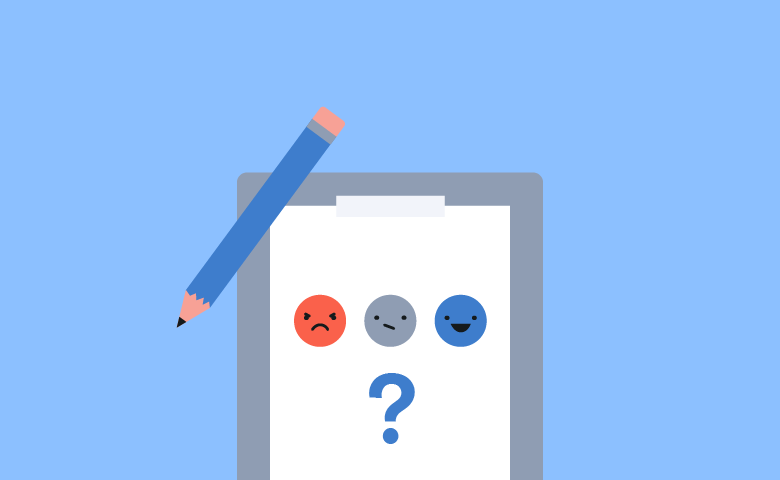
Keep your finger on the pulse of customer satisfaction with automated reports.
Best Practices for Automated Reporting in Market Research
With so many benefits associated with automated reporting for market researchers, there is always going to be the temptation to overdo it. It is important to select only relevant use cases and follow guidelines when implementing them into your workflow.
- Don't Over-Automate: While automation can save time, it's crucial not to overdo it. Automating the entire report-building workflow would take away some of the 'magic' that market researchers bring to their clients. Automation should always be balanced with human expertise.
- Ensure Data Accuracy: The whole point of automated reporting is to constantly update your reports with fresh and accurate data. So, if the data is not accurate, you are simply wasting time and resources. Ensure you have processes in place to check the accuracy of data to avoid flawed insights.
- Keep Your Templates Fresh: Just because automated reporting allows you to reuse the same templates constantly doesn't mean you should. It is always worthwhile to refresh things. Even if it takes a bit of time to add some polish, you know that the effort will be worth it.
Ready to automate your reports?
Start a free trial of Displayr.
Future Directions and Ethical Considerations
Automation is all about relativity. Two reports can be automated—one a little bit and one a lot. Although they produce very different outputs, both reports have been automated.
Following this logic, when we consider the future of report automation, much of the focus should be on the degree to which reports will be automated. Natural language generation will continue to develop and improve the quality of AI-generated text, while predictive analytics will become even more accurate. Thus, reports can make data-driven recommendations better than humans.
There is no doubt, therefore, that the future of report automation is fully automated reporting - where every step in the process is done by machine. However, this is still some way away, and we don't know what the market research industry will look like by the time we reach this point.
Supercharge Your Market Research
Displayr's automated reporting capabilities are specifically designed to make life easier for market researchers. Whether it's a PowerPoint or an interactive dashboard, you can refresh your reports with a few clicks.
